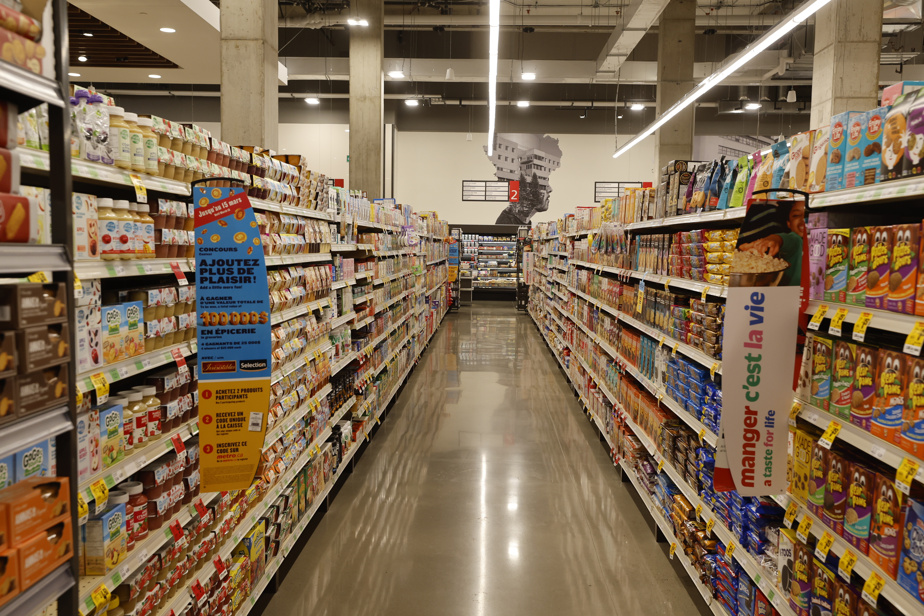Yeasts identified by researchers at Laval University could one day replace certain chemical preservatives found in certain foods.
In collaboration with a team from the University of Lille, Quebec scientists have more precisely identified two species of yeast from cheeses produced in France and Quebec which seem able to inhibit the growth of certain microorganisms which reduce the duration conservation and food safety.
“We realize, ultimately, that these yeasts, which are present naturally, are like a bit of a defense system in cheese, where they will be able to naturally eliminate bacteria which are pathogenic” , explained one of the leaders of the study, Professor Steve Labrie of the Faculty of Agricultural and Food Sciences at Laval University.
“And the idea is to understand how we can promote this type of microorganisms which already have antipathogenic activities in products. »
The two yeasts identified, M. pulcherrima and T. asahii, are preserved in the collection of the Food Mycology Laboratory at Laval University which includes more than 5,000 microbial strains isolated from milk and cheese mainly from Quebec.
The researchers tested in the laboratory the inhibitory potential of these two yeasts against 16 microscopic fungi and bacteria – notably strains of Clostridium and Listeria which, in addition to harming the conservation and safety of food, can cause poisoning in the human.
The first yeast was found to be effective against ten of these strains, and the second against four. Both yeasts were effective against Listeria.
Other tests have demonstrated, in a cheese produced in the laboratory, that the two yeasts are able to inhibit microscopic fungi which are known to harm the preservation of food.
“When we look at several varieties of cheese or several cheese factories, we realize that the flora is quite different and that each has its particularities,” said Professor Labrie. So not all cheeses have (these yeasts), but some have them, and the idea is to understand how it ended up in certain varieties and not in others, and then how it contributes to eliminate autogenous microorganisms. »
The way in which flora develop in cheese is still very “unknown”, he recalled. Even after 20 years in microbiology, he sometimes comes across a microorganism – like a yeast or a fungus – “and I don’t know what it’s doing there”.
“Is he nice, is he bad, is he contributing in a positive or negative way? It’s still a big black box on who does what, then how, and what is their real contribution to the product,” said Professor Labrie.
Researchers have so far been able to determine that these are molecules produced in the environment by yeasts which inhibit the growth of other microorganisms. They are now trying to isolate and characterize antimicrobial molecules produced by yeast.
These molecules, it was explained, could one day replace chemical preservatives in foods or even be used against pathogenic microorganisms in human or animal health.
“As soon as we have inhibition against pathogens, we must push (the work) further,” said Professor Labrie. We are really at the preliminary level in our studies. (But) as it is already present in cheeses, we are on a safer path towards use in food products or in human applications because it has already been present and consumed for several thousand years. »
Even after thousands of years, he points out, cheese-making is much more an art than a science, and many mysteries remain to be elucidated.
“As scientists, we try to understand the levers that cheesemakers use in a more instinctive way,” he said. We still have a lot to learn about the instinct of cheesemakers. »
Steve Labrie’s team is now evaluating the antimicrobial potential of other yeast strains preserved in the collection of the Food Mycology Laboratory at Laval University.
The findings of this study were published by the scientific journal Food Bioscience.
